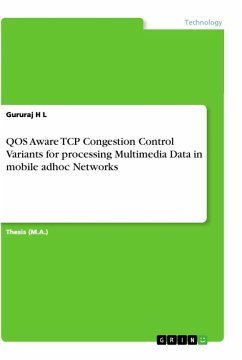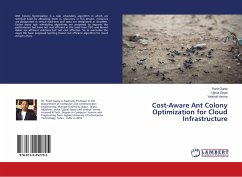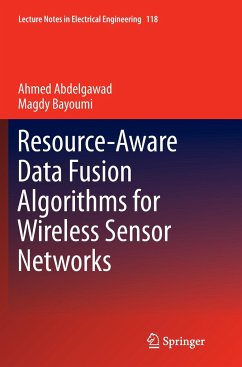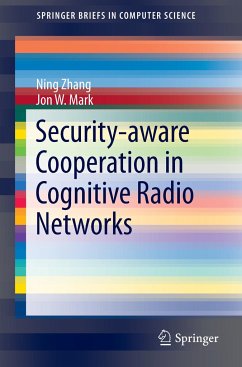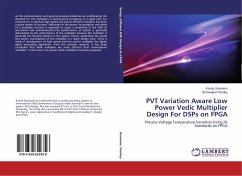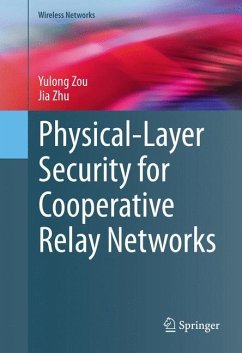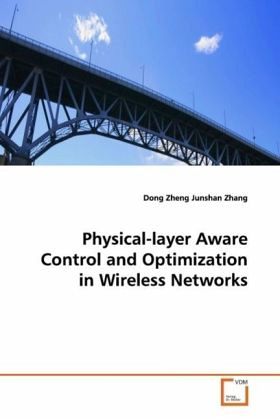
Physical-layer Aware Control and Optimization in Wireless Networks
Versandkostenfrei!
Versandfertig in 6-10 Tagen
52,99 €
inkl. MwSt.

PAYBACK Punkte
26 °P sammeln!
With the explosive growth in demand for wireless services, the next generation wireless networks are expected toprovide solutions to cost-effective, ubiquitous, always-on broadband access. There has been a general consensus that developing network-level solutions that take advantage of the interplay between thephysical-layer and the upper protocol layers would yield significant performance gains. Thus motivated, a common thread of this book is to study physical-layer aware control and optimization in stochastic wireless networks. Specifically, we want to obtain afundamental understanding of th...
With the explosive growth in demand for wireless
services,
the next generation wireless networks are expected to
provide solutions to cost-effective, ubiquitous,
always-on broadband access. There has been a general
consensus that developing network-level solutions
that take advantage of the interplay between the
physical-layer and the upper protocol layers would
yield significant performance gains. Thus motivated,
a common thread of this book is to study physical-
layer aware control and optimization in stochastic
wireless networks. Specifically, we want to obtain a
fundamental understanding of the following issues:
How can we take advantages of rich diversities such
as time/multi-user/multi-channel degrees of freedom
in wireless networks? How can we develop distributed
algorithms of joint rate control and MAC design for
end-to-end QoS provisioning? Are these distributed
algorithms stable in the presence of stochastic
noisy feedback? A principal objective of this book
is to develop systematic frameworks for solving
these issues.
services,
the next generation wireless networks are expected to
provide solutions to cost-effective, ubiquitous,
always-on broadband access. There has been a general
consensus that developing network-level solutions
that take advantage of the interplay between the
physical-layer and the upper protocol layers would
yield significant performance gains. Thus motivated,
a common thread of this book is to study physical-
layer aware control and optimization in stochastic
wireless networks. Specifically, we want to obtain a
fundamental understanding of the following issues:
How can we take advantages of rich diversities such
as time/multi-user/multi-channel degrees of freedom
in wireless networks? How can we develop distributed
algorithms of joint rate control and MAC design for
end-to-end QoS provisioning? Are these distributed
algorithms stable in the presence of stochastic
noisy feedback? A principal objective of this book
is to develop systematic frameworks for solving
these issues.




